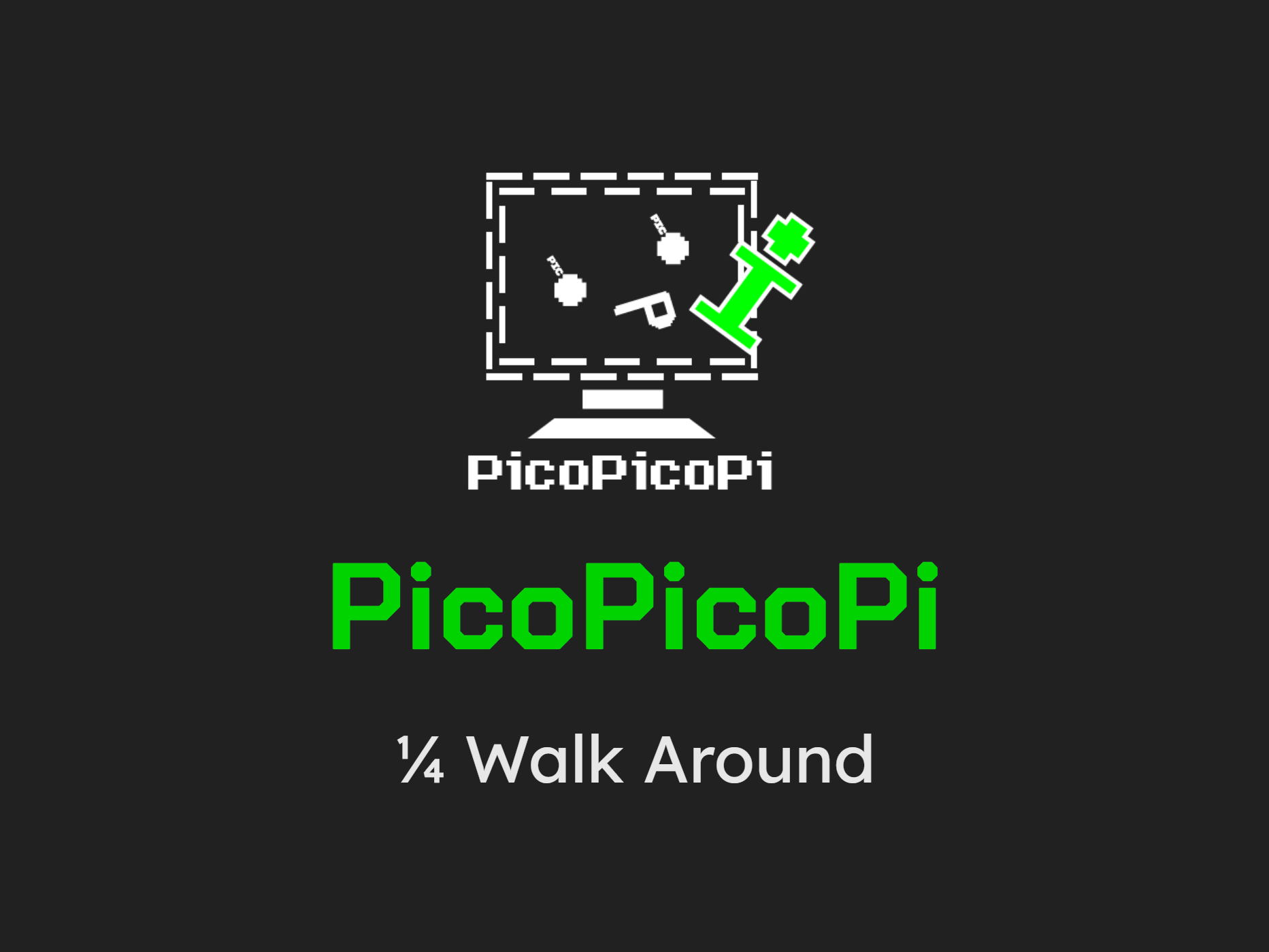Summary
We proposed 5 ideas of core gameplay mechanics in the client meeting as well as the 1/4 walk-around. All the ideas got generally positive feedback, but we also received a lot of insightful feedback as well as questions that we have to keep in mind and double-check with our client.
Also, we got approval from the law team for using Stable Diffusion to generate art assets for our game.
Ideas
eBunny Factory
Inspired by Minions, we’d like to have a factory full of cute characters as an analogy of a computer to teach the player how low-level computer work. Computer mechanisms and concepts are wrapped as visually rich game components to raise interest and make the gameplay fun.
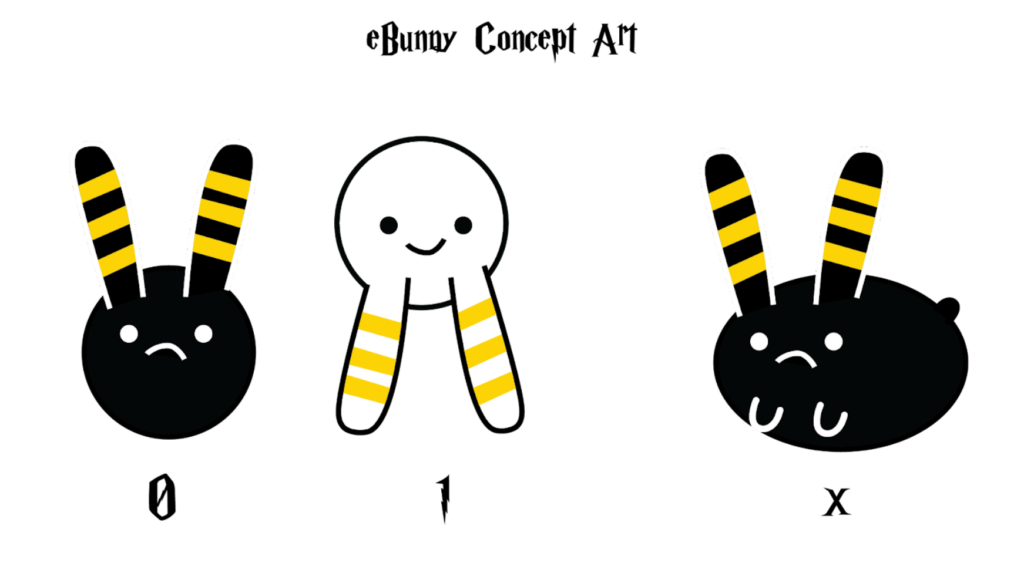
Slay the Buffer
Inspired by Dice is the Way and Slay the Spire, we could make a card game fighting against monsters. Players play cards to write/overwrite commands or values into/in the command cells that determine monsters’ behavior next round. Each turn the commands in the cells get executed and take effects on the player and the enemies.
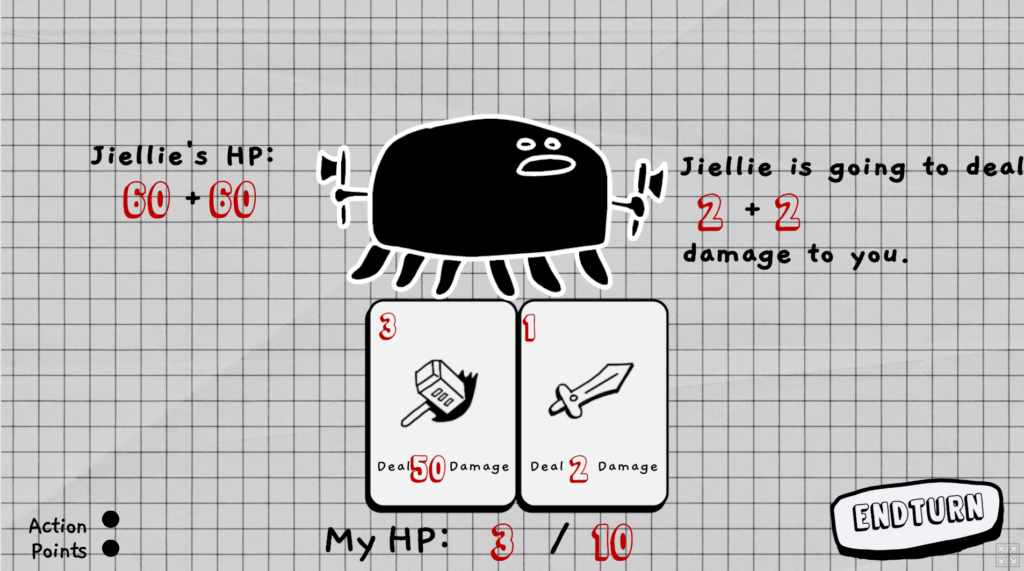
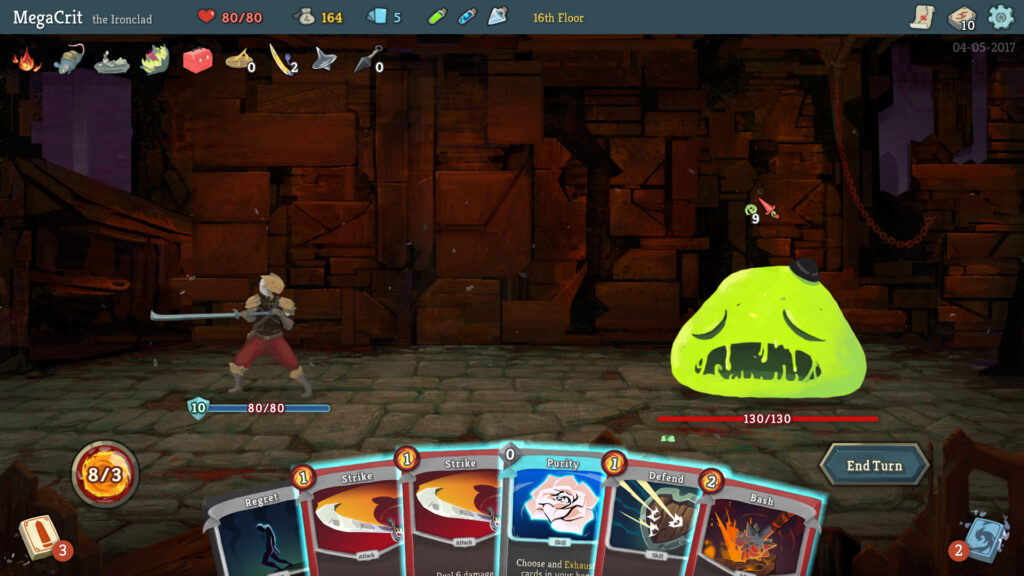
Exception
Inspired by Exception, we could make a game where players can edit movement or behavior commands to have robots fight with the enemies. And the command could be cards on a blueprint that can be dragged or moved around. Players could have many command cards sorted by category and choose how they want to arrange their command on the blueprint. There could be a limited number of cards that could be used at one time, as in Pony Island.
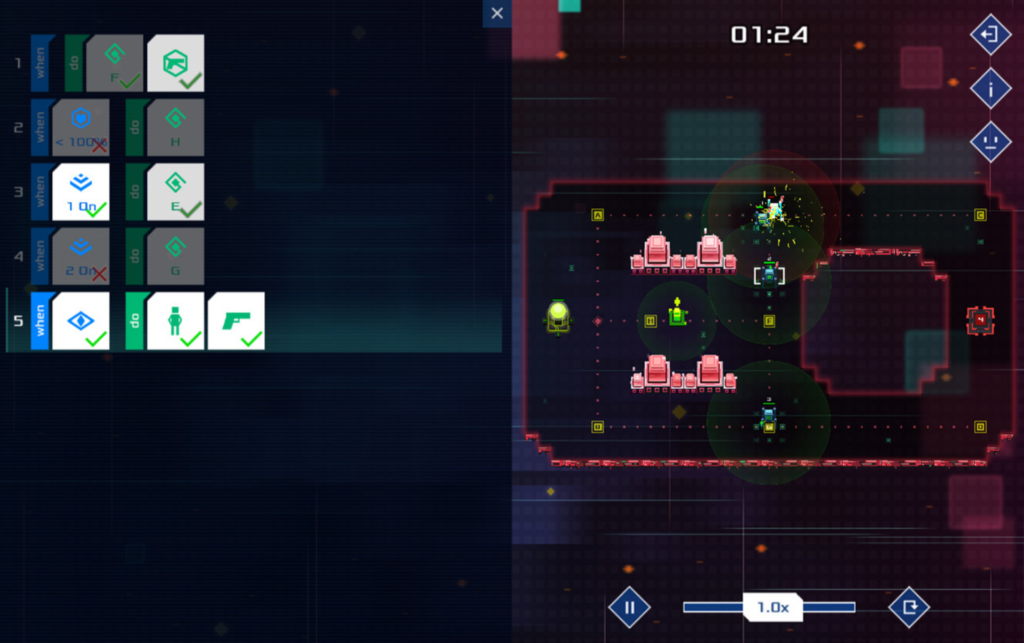
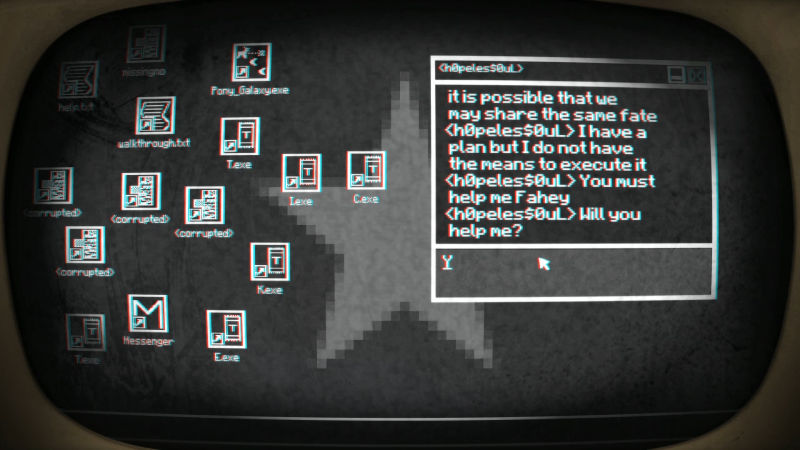
Nobody
Inspired by Nobody Saves the World, we could have a game where the player itself is a variable and able to transform between different variable types to interact with the world and solve puzzles.
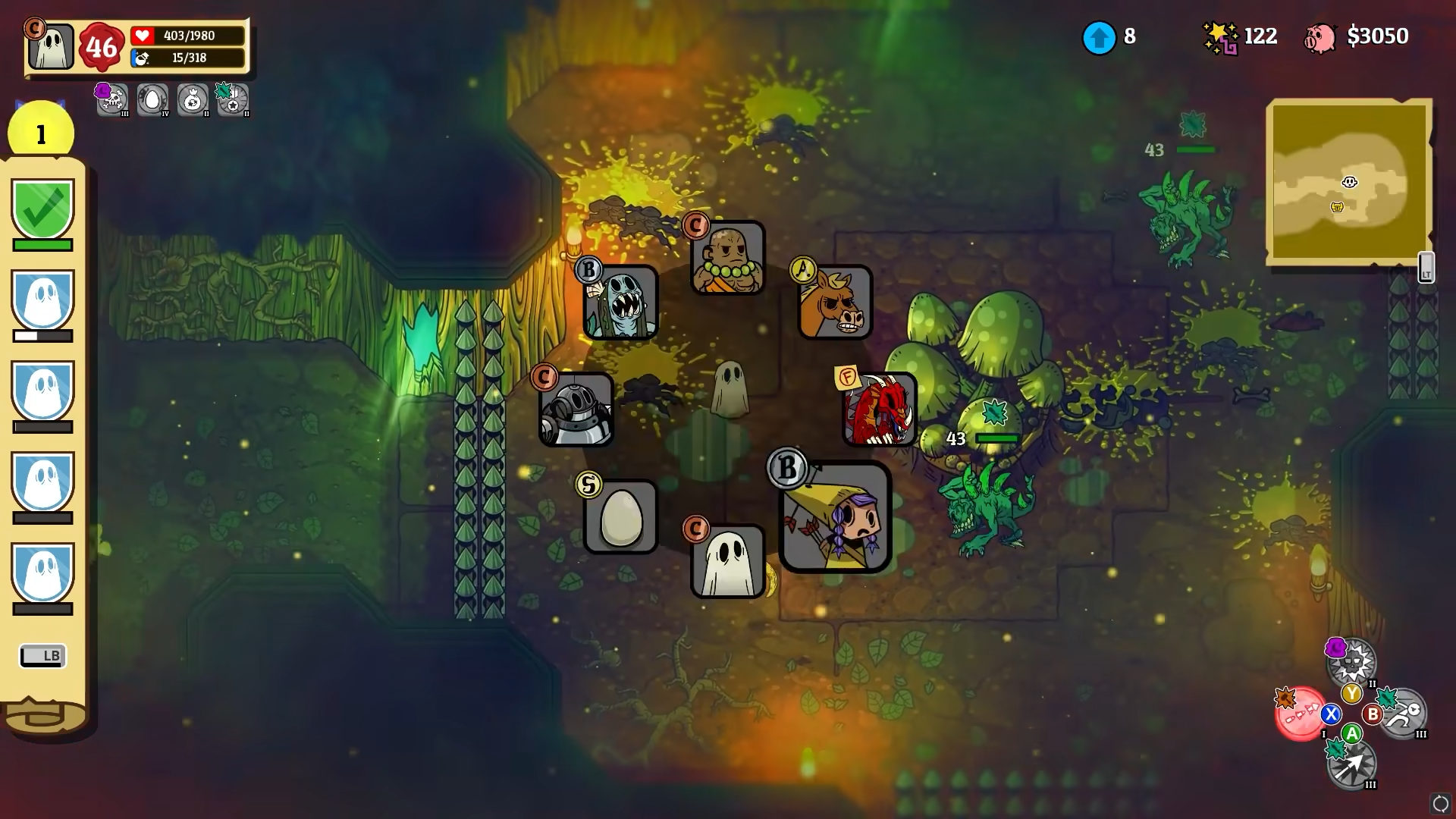
Decompiling Knight
Inspired by Baba is You, Garden Story, and Don’t Starve, we visioned a top-down 2D game where the core gameplay lies in everything being able to be “decompiled”, i.e., decomposed into smaller components. Players decompose, rearrange, and reforge items to modify their behaviors and attributes to solve puzzles or fight with enemies.

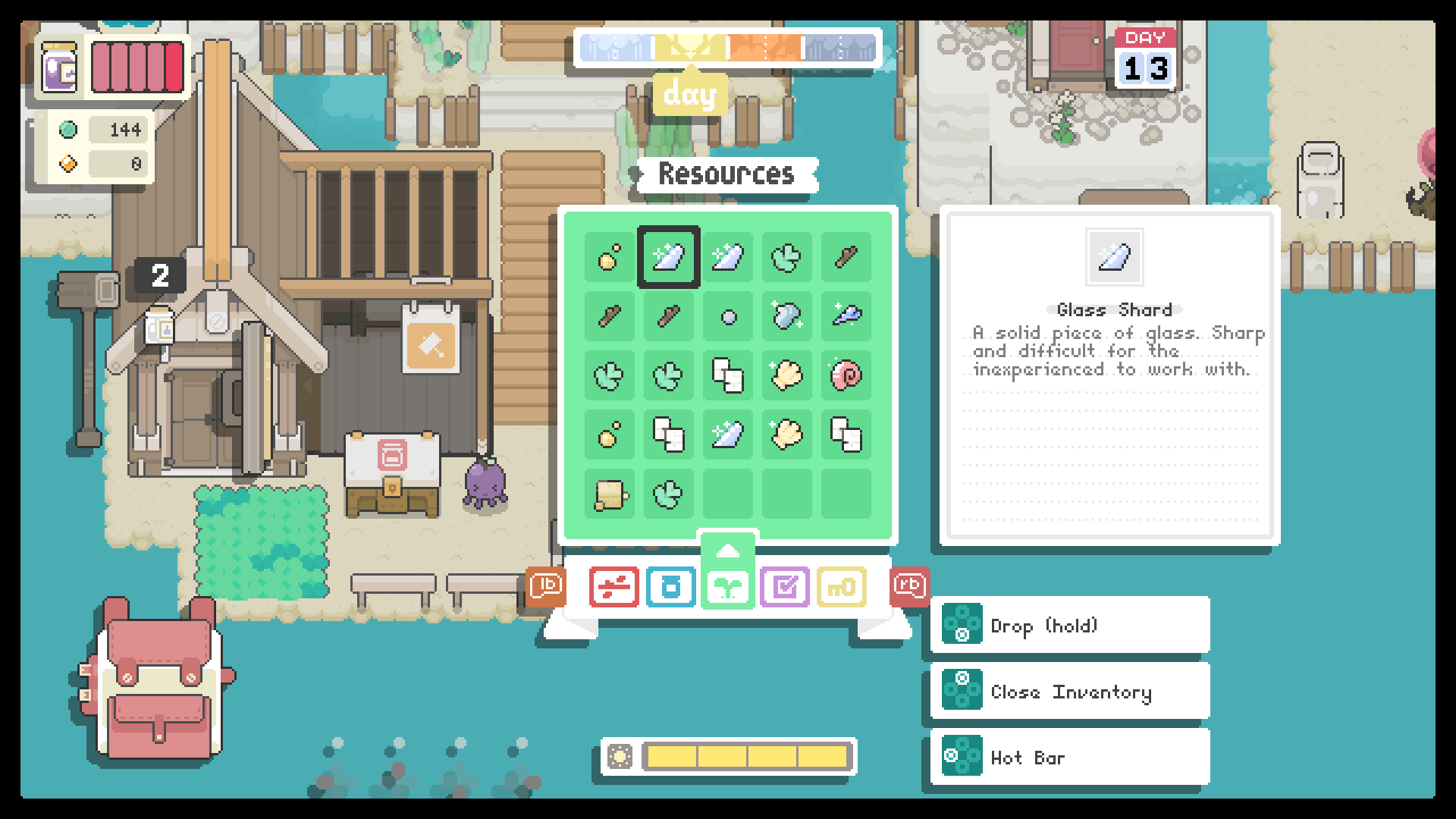
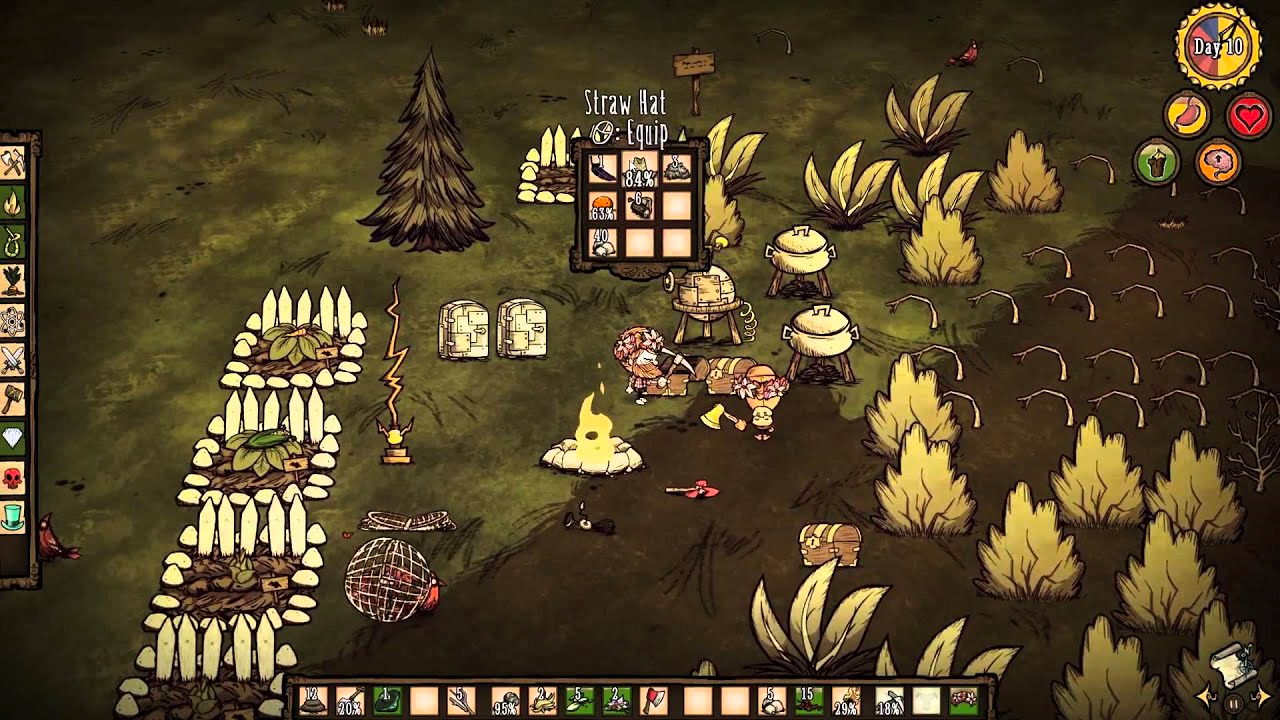
Faculty Feedback
- How to make decisions and converge ideas?
- Rapid prototype, playtest, and survey with our demographics
- Ask the client’s preference
- How do we utilize AI-generated paintings as game assets instead of only the concept art?
- Attend the transformational workshop by Dave and talk with him about transformational goals.
- Reach out to John Balash for getting connected to our demographics.
- How long should the experience be? Do/should players return to play?
- Games similar to Slay the Spire may be too fun that distract the audience from the contest itself.
- Make players relate to or care about the characters to ease the topics we try to teach.
- Be careful of what black & white could imply in the eBunny Factory idea.
- Build (game engine wide) early and often, and test on a variety of browsers.
- Scope the art tasks assuming AI art might not work.
- Seek advice from the Alice team.
- Design seamless tutorials.
Next Steps
It’s time to make a decision and start building something. The goal next week is to have some playtestable prototypes, whether paper or digital.
For the first two days next week, we’ll elaborate more on each of the 5 ideas so that we can demonstrate a vision of a snapshot or crucial moment of the gameplay mechanics with visual drafts to our clients.
After that, ideally, if our client points out their preference or direction, we’ll start making the first prototype for the rest of the week. If we still can’t pick up one proposal to stick to, we might make multiple prototypes parallelly and test them all together.
